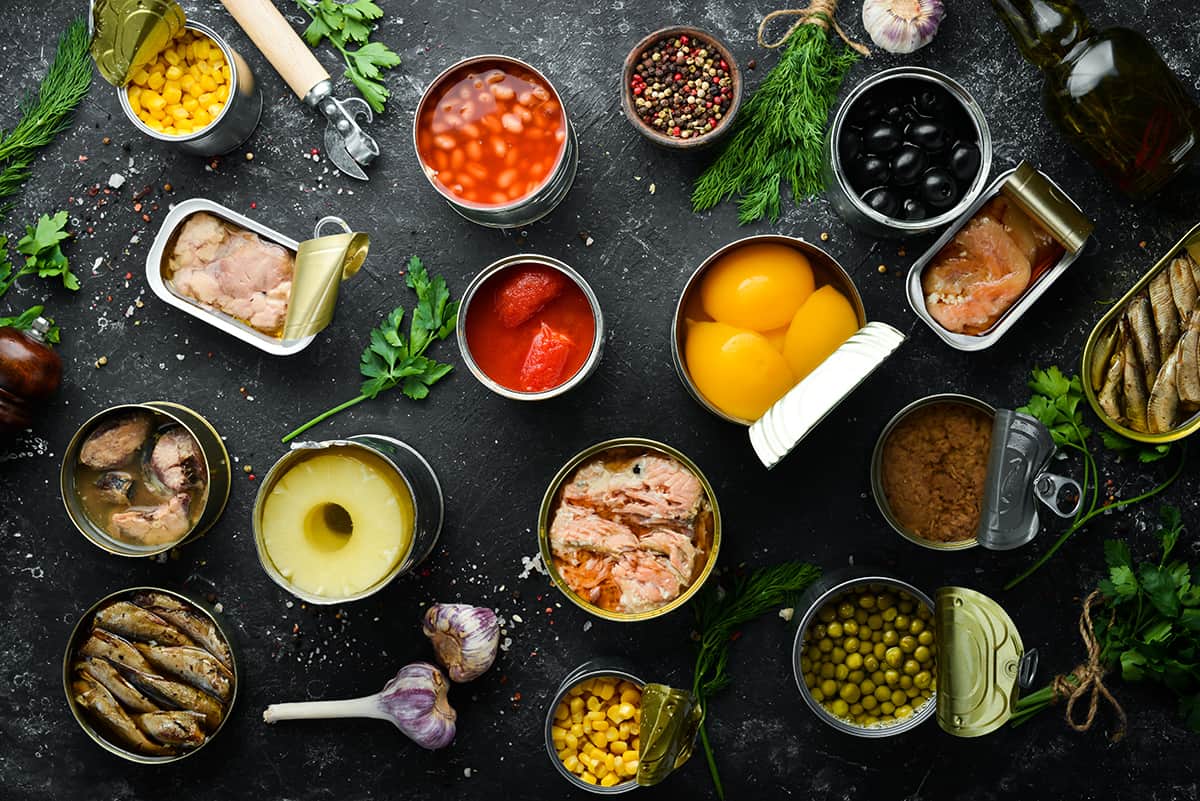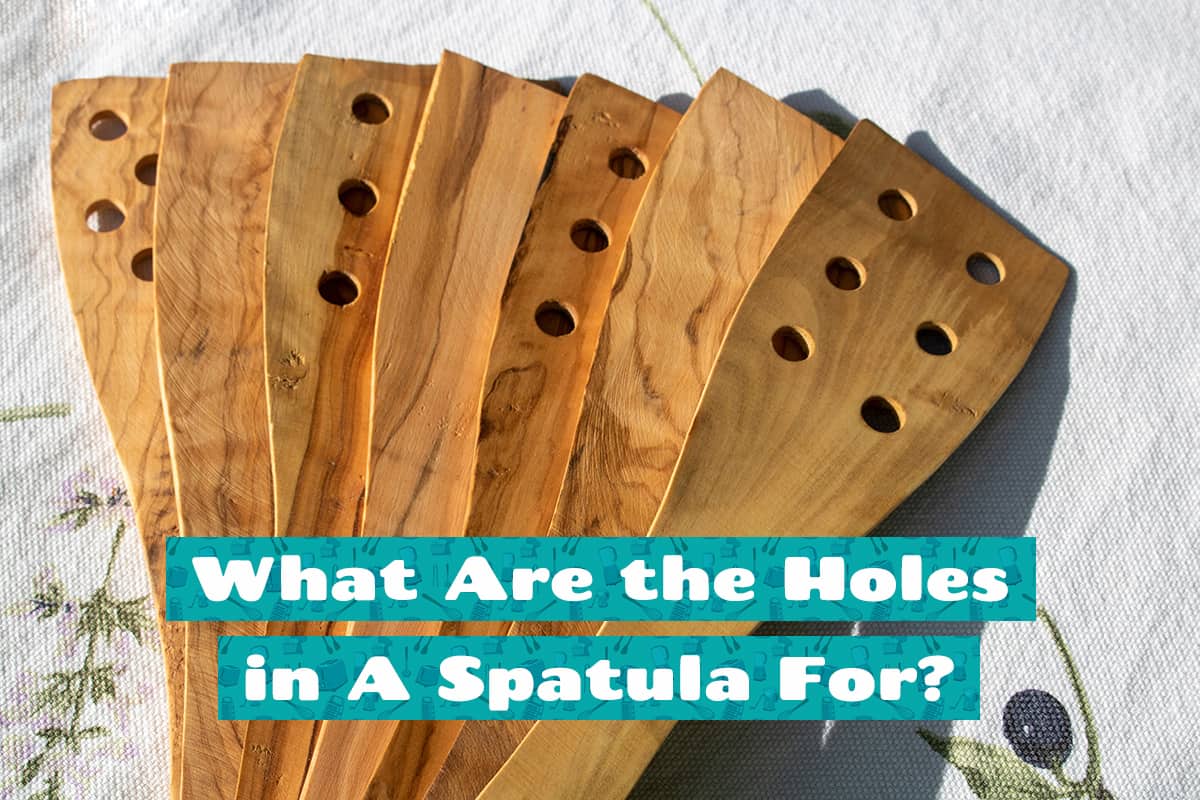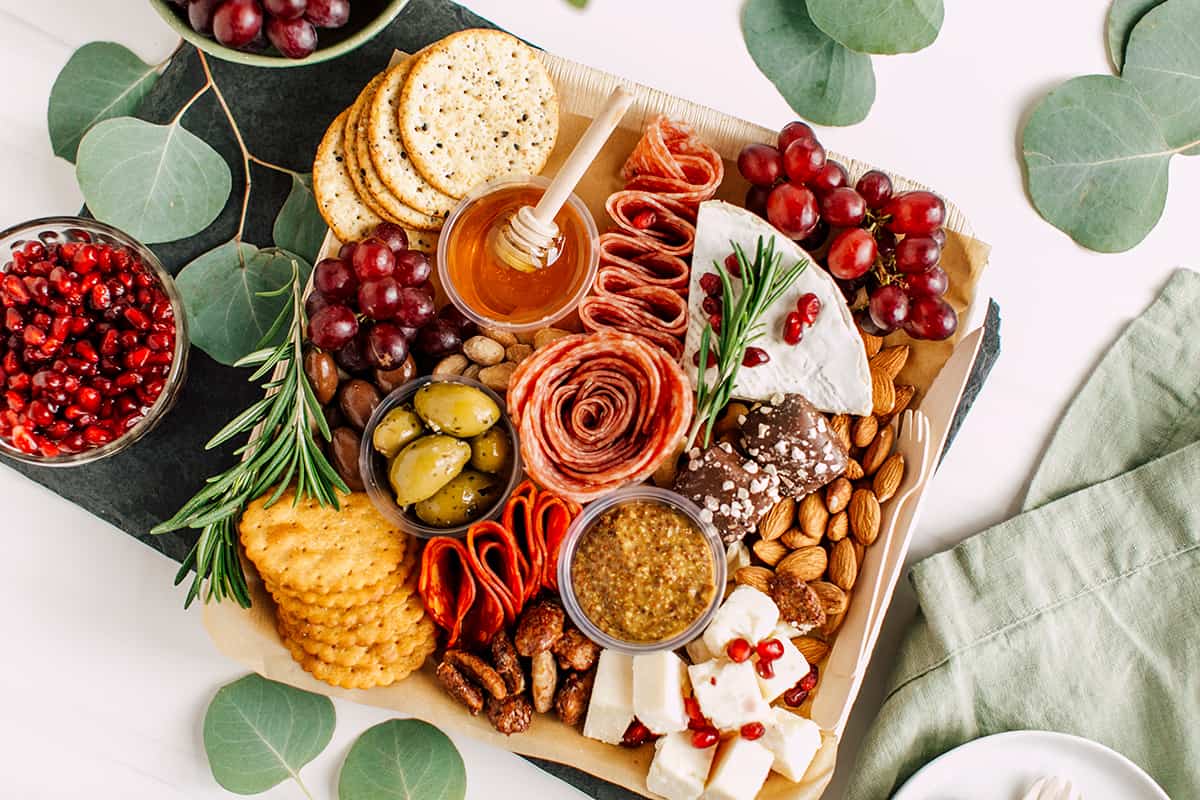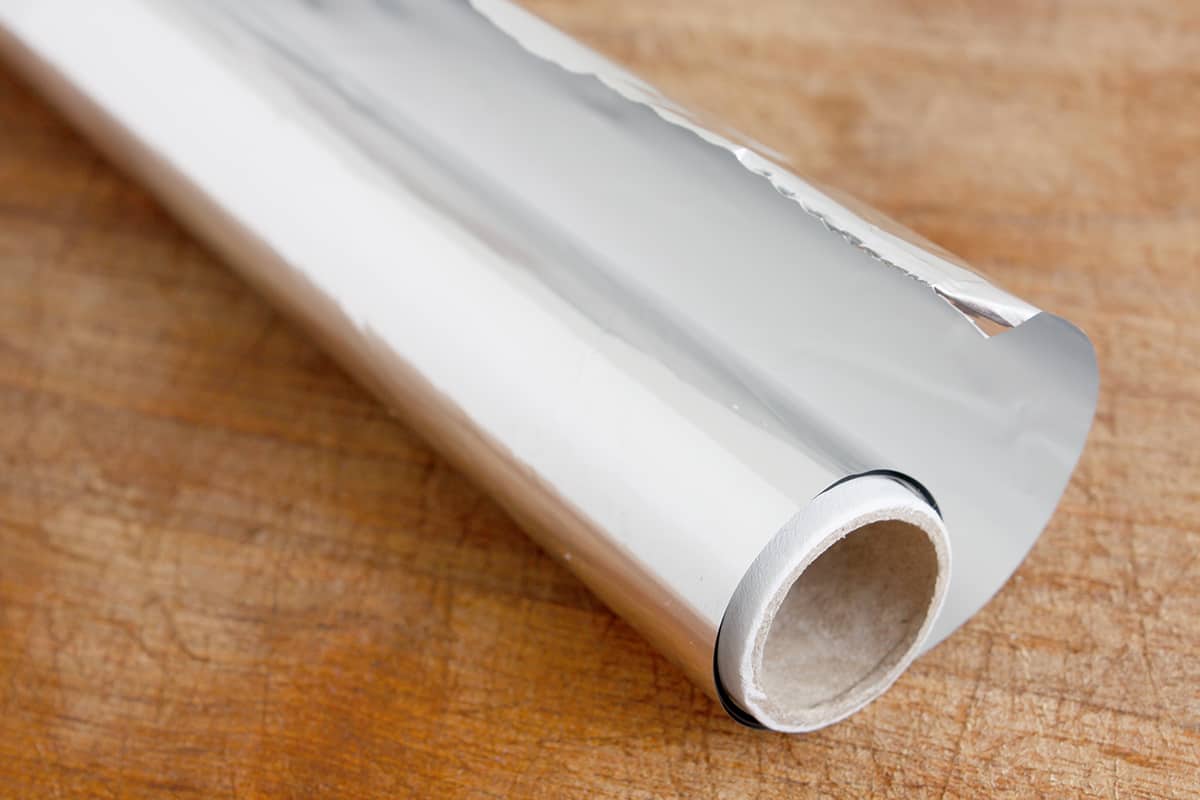When following recipes made by your great-great-grandmother, there are probably measurements like “1 stone of mastodon meat” or “1 #10 can of green beans. How do you convert classic can measurements to today’s standards of fluid ounces, cups, grams, or milliliters?
In this guide, I’ll show you what the different food can sizes are and their serving portions. That way, you can follow classic family recipes to the letter without screwing things up (too much).
Food Can Size Chart
Use the following chart to convert classic can measurements to modern-day measurements.
| Can Sizes | Dimensions (in.) | Fluid Ounces | Milliliters | Cups |
| ¼ | 4 | 118 | 1/2 | |
| 3/8 | 6 | 177 | 3/4 | |
| ½ | 8 | 237 | 1 | |
| #1 Picnic | 2-11/16 × 4 | 11 | 325 | 1-1/3 |
| #1 Tall | 3-1/16 × 4-11/16 | 16 | 473 | 2 |
| #2 | 3-7/16 × 4-9/16 | 20 | 591 | 2-1/2 |
| #2.5 | 4-1/16 × 4-11/16 | 29 | 857 | 3-1/2 |
| #211 | 2-11/16 × 4-1116 | 12 | 355 | 1-1/2 |
| #3 | 3 × 3-3/16 | 33.5 | 991 | 4-1/4 |
| #3 Cylinder | 4-1/4 × 7 | 46 | 1,360 | 5-3/4 |
| #300 | 3 × 4-7/16
3 × 5-9/16 |
14-16 | 414-473 | 1-3/4-2 |
| #5 | 5-1/8 × 5-5/8 | 56 | 1,656 | 7-1/3 |
| #6Z | 2-2/16 × 3-1/2 | 6.08 | 180 | 2/3 |
| #8Z | 2-11/16 × 3 | 7.93 | 265 | ± 1 |
| #10 | 6-3/16 × 7 | 104-117 | 3,076-3,460 | 13-14-5/8 |
| #211 | 2-11/16 × 4-7/8 | 12 | 355 | 1-1/2 |
| #300 | 3 × 4-7/16 | 14-16 | 414-503 | 1-3/4-2 |
| #303 | 3-3/16 × 5-9/16 | 22 | 651 | 2-3/4 |
| #303 Picnic | 3-3/16 × 4-3/8 | 10-12 | 296-355 | 1-1/4-1-1/2 |
| #5 | 5-1/8 × 5-5/8 | 58-2/3 | 1,735 | 7-1/3 |
| #10 | 6-1/8 × 7
6-3/16 × 8-3/16 |
96 | 2,839 | 12 |
| #1 Juice | 13 | 385 | 1-5/8 | |
| #1 Square | 16 | 473 | 2 | |
| #2.5 Square | 31 | 917 | ± 4 | |
| #3 Squat | 23 | 680 | 2-3/4 |
As you can see from the table, there are all sorts of can sizes with strange dimensions, volume ranges, and serving counts.
So, when you read a recipe card made by an ancient ancestor, make sure you follow their can sizes to the letter in order to stay as true to the recipe as possible.
Can Sizes – How to Read

If you take a look at can sizes, many of them will not include a #. Instead, the can size will be expressed in 2 3-digit numbers. For instance, one of the more widely used can sizes is 303 × 406. Let’s break these numbers down individually.
Beginning with 303, the first digit refers to the width of the can in inches. The final 2 digits are the remaining fractions in sixteenths. So, a can that has 303 in it will measure 3-3/16 inches in diameter.
The second sequence of 3 numbers can be read in more or less the same fashion. The only difference is that it refers to the height of the can. So, 406 would mean the can stands 4-6/16 inches or 4-3/8 inches tall.
Other examples include:
307 × 512 = 3-7/16 × 5-12/16
603 × 700 = 6-3/16 × 7
502 × 510 = 5-2/16 × 5-10/16
Etc.
Other Can Sizes
There are certain products that will not follow the typical can sizing standard. So, you should pay close attention to the product label to see just how many fluid ounces, milliliters, or cup servings are in the can.
Common examples of this include:
- Condensed Milk—15 fl. oz., 1-1/3 cups
- Evaporated Milk—14-1/2 fl. oz., 1-2/3 cups
- Juice Concentrate—6 fl. oz., ¾ cups
Why Are There Different Can Sizes?
There are several reasons why manufacturers sell food ingredients in different can sizes. Let’s take condensed milk as an example.
Condensed milk is a widely used ingredient for sweetening beverages, fruit salads, and punches. A single can of condensed milk can contain 15 fluid ounces or 1-1/3 cups, which is far more than anyone needs for a single serving.
However, due to its long shelf life (7 days at room temperature or 4 weeks in the fridge), manufacturers will sell the product in large cans without worrying about it going bad.
On the other hand, green beans are typically sold in 8-ounce cans, at least to non-restaurant end users. A single 8-ounce can of green beans can be consumed by a small family in a single day, so people don’t have to worry about it expiring before finishing the entire can.
What Are the Benefits of Canned Foods?
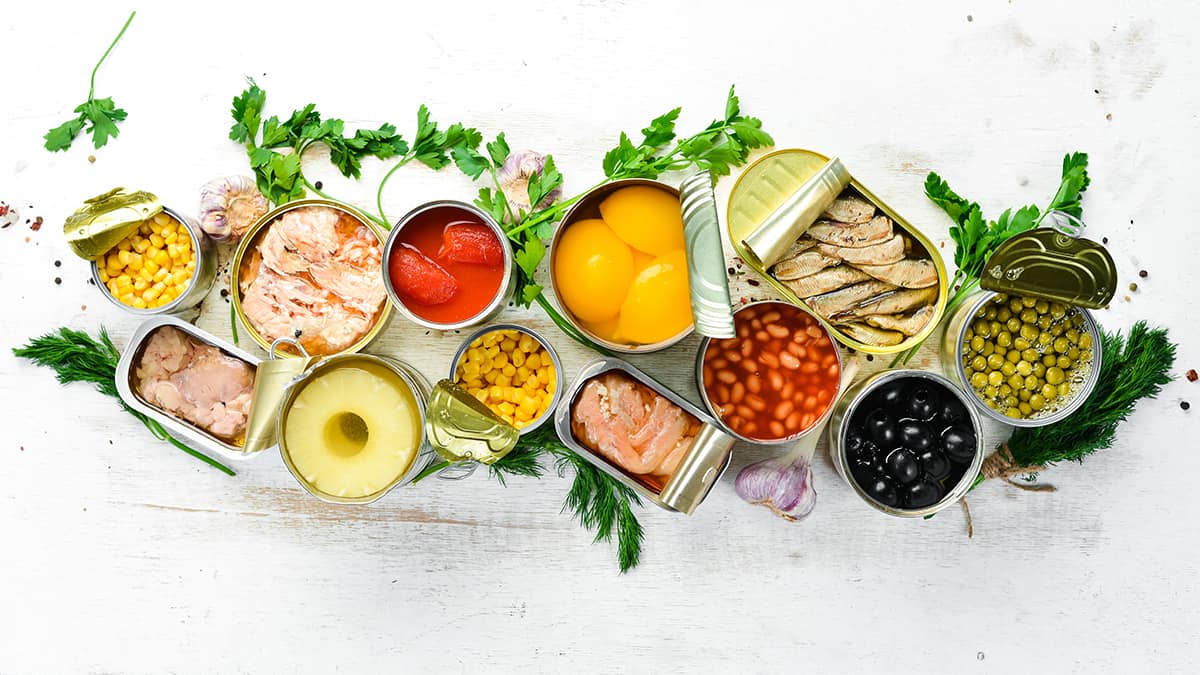
Canned food refers to any type of food that has been vacuum-sealed inside a metallic can. While storing food for long periods of time, especially at room temperature, might sound frightening, the canning process actually prevents many of the real-life hazards that would otherwise spoil the contents.
Canning food involves sanitizing the container and lid or lids, pouring food into the can, and getting rid of as much air as possible. In addition, metal cans are not transparent, so there is no risk of light penetrating the surface and contributing to bacteria growth.
One great thing about canned foods is that you can access out-of-season fruits and vegetables any time of the year. So, if you have a craving for your grandma’s pumpkin pie in the middle of spring, you can use canned pumpkin purée in place of freshly puréed pumpkin.
Another huge benefit of canned foods is that they retain their quality and nutrients for much longer than frozen food or food sitting out at room temperature.
Fresh foods will lose their nutritional value over time, and frozen foods will lose it from oxidation—e.g., every time it’s defrosted.
Canned food, on the other hand, is food that has been preserved at its peak ripeness, and the airtight, opaque container stops air, moisture, and heat from turning the contents into a warm, boiling, sour mess.
What Can Sizes Do Tomatoes Come in?
The exact size and volume of a can of tomatoes may vary from brand to brand. That said, most canned tomatoes—whether they’re crushed, diced, or whole—will come in 14.5-ounce or 28-ounce cans. However, there is an exception for tomato sauce, which can come in 8-ounce, 15-ounce, or 29-ounce cans.
If an old recipe asks for a single #2.5 can of tomato sauce, you can use the table above to find out how many fluid ounces that is (29), and shop for the correct can.
You may also like these.
